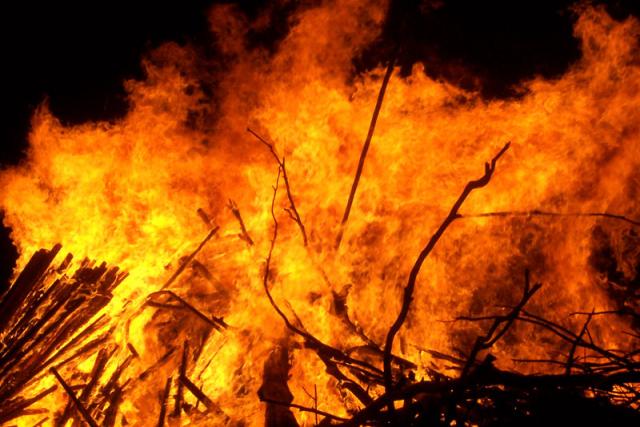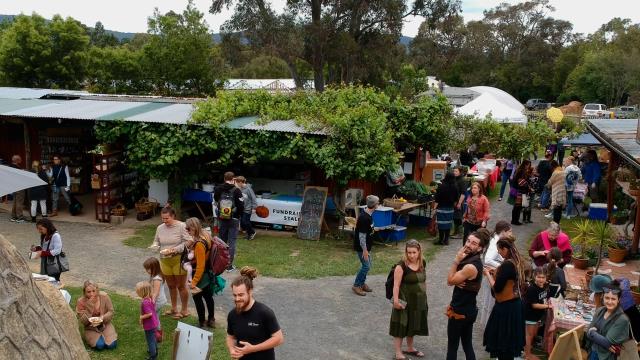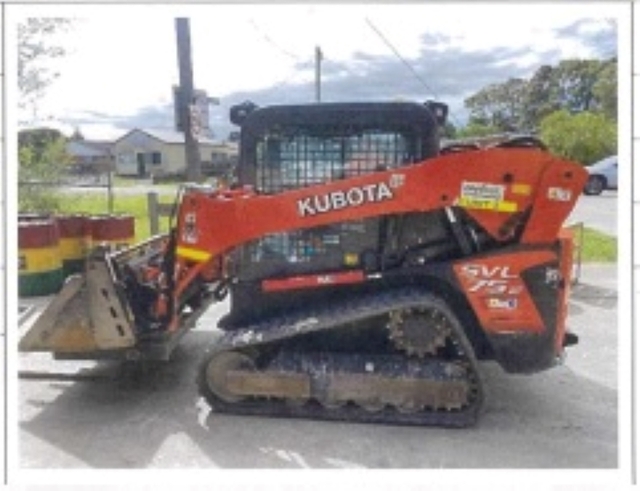RACV is urging Victorians to have summer preparations complete by the first Saturday in November (the 2nd) following a predicted increase of bushfire risk during spring.
The Australian and New Zealand National Council for Fire and Emergency Services (AFAC)’s Seasonal Bushfire Outlook for Spring 2024 has revealed a predicted increased risk of fire to the southwest, west and northwestern parts of Victoria due to a drier than average first half of the year.
Without significant rainfall, there is likely to be an above average fire risk and an earlier start to the fire season during the spring period.
RACV General Manager Home Bill Bloodworth said it’s important Victorians have a plan and stay informed, prepare their property and review their insurance.
“Victoria could be facing an earlier start to the fire season this year and RACV is urging Victorians living in high-risk areas to take action now to prepare their household and property,” Mr Bloodworth said.
“Before the weather gets too hot make sure you have a plan and know how to stay informed, prepare your property and review your insurance.”
The Country Fire Authority (CFA) recommends Victorians:
Have a plan and stay informed:
Sit down with your family or household and make a Bushfire Survival Plan, and if you already have one, it’s a great time to review it.
Stay informed by downloading the VicEmergency app to stay across incidents and fire danger ratings in your area.
Visit the CFA website to learn more about how to prepare ahead of bushfire season at https://www.cfa.vic.gov.au/plan-prepare.
Prepare your property as the weather begins to warm:
Move your winter woodpile away from the house or sheds.
Prune tree branches so they are not overhanging the roof or touching walls.
Clear your gutters.
Keep grass shorter than 10cm.
Remove leaves and twigs from around your property.
Test anything that is part of your fire plan such as sprinklers, pumps and generators.
RACV recommends Victorians review their insurance:
Check that your home and contents and motor insurance is current and includes a level of cover in line with current building standards and regulations and that it will help provide you with sufficient coverage in case of bushfires.
Use the home buildings calculator to estimate the cost to rebuild or repair your home and the home contents calculator to estimate the cost to repair or replace your contents.







